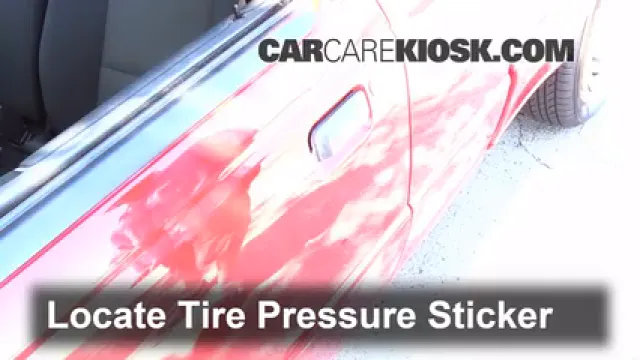Consumer Review Video - 1999 Ford Ranger XLT 4.0L V6 Extended Cab Pickup (4 Door)
Common problems and easy repairs on a 1999 Ranger
The 1999 Ford Ranger XLT is a moderately easy vehicle to maintain, but is more recommended to those capable of vehicle maintenance. Changing the fog light with reliability is no problem, as you only have to reach behind the housing for access to the assembly. The engine air filter is easy to access, as you only have to disengage a few fasteners for access to the filter. These fasteners are easy to disengage. The interior fuse box is easy to access behind one easy to remove cover in the cab of the vehicle.
Some things are problematic on the 1999 Ford Ranger XLT. You will have to lower the tire from under the vehicle for access to it. The lowering mechanism can grow rusted to the vehicle and be difficult to turn. You will have to move the battery out of the way for access to the headlight on one side. Changing the center brake light will require the use of a few tools. These tools may not be readily available for a repair.
Author
Hans Angermeier has produced over 100,000 videos showing drivers how to fix things on their cars. He has broad expertise on basic repair procedures covering the majority of cars on the road.

/Oil Level Check - Part 1.webp)
/Lights HL - Part 1.webp)

/Lights TL - Part 1.webp)







